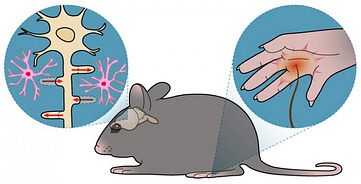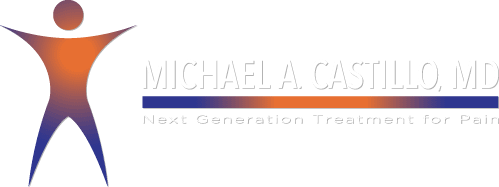
Okazaki, Japan – When we are in pain, we reach for painkillers as we try to “turn off” the pain. Unfortunately, this does not always work, and this problem has prompted researchers around the world to seek the “main switch” that can promptly and effectively conduct this switching off.
Pain comes in many forms; one is allodynia, which is pain that is greatly amplified by even the slightest sensations, such as light, touch, or warmth. Current treatments to alleviate allodynia are limited. The spinal cord and glial cells, which provide support and insulation between neurons and are the most abundant cell types in the central nervous system, are thought to play a crucial role in allodynia. However, the underlying cellular mechanisms of their involvement remained unsolved, until now.
An international team of researchers centered at the National Institute for Physiological Sciences (NIPS) has identified a sequence of events in the S1 cortex, a remote region of the brain not directly affected by spinal cord injury, that contribute to sustained mechanical allodynia. The findings are to be reported in The Journal of Clinical Investigation.
“Direct manipulation of the S1 cortex has been shown to relieve neuropathic pain in humans and animals. This suggests the S1 cortex might act as a sort of central processing unit within the brain networks that mediate and/or sustain chronic neuropathic pain,” study first author Sun Kwang Kim explains. “We hypothesized that S1 astrocytes, a type of glial cell, may show functional changes following peripheral nerve injury, resulting in mechanical allodynia.”
By NATIONAL INSTITUTES OF NATURAL SCIENCES
04/11/2016
Continue reading the full article from EurekAlert here
 Skip to content
Skip to content
